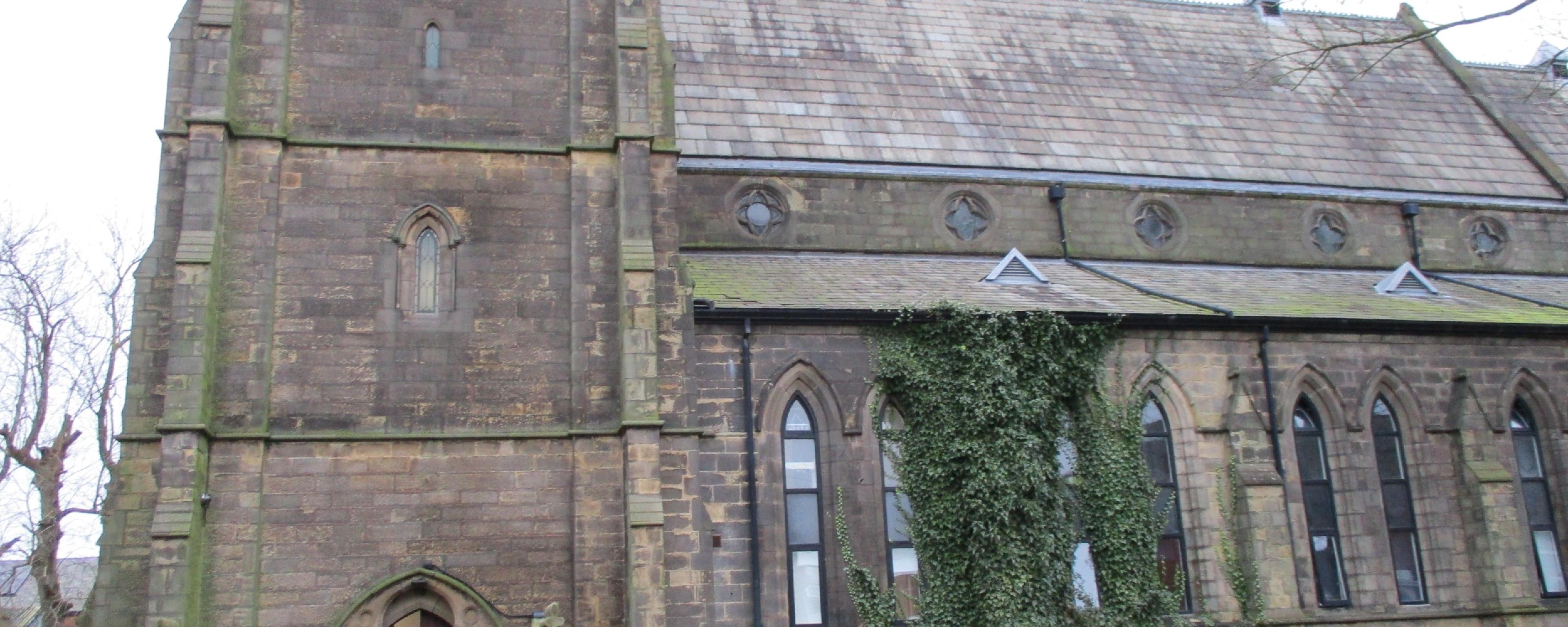Salvage Planning
Salvage plan helps us prepare for how to best protect and save valuable or irreplaceable items if a fire or other emergency happens. Every museum, gallery, or historic building should have a designated person responsible for the salvage plan. This individual should understand which items or features are most significant and know how to protect or remove them safely if an emergency occurs.
A good salvage plan identifies:
Important features and objects that need priority protection or removal
Safe access routes for firefighters inside the building
Storage or protection areas where salvaged items can be kept secure and dry
Contact details for people who know the building and its contents
Template documents for creating an inventory of priority objects for salvage and salvage grab sheet are available for download at Historic England.Our expert Heritage team can offers help and advice on protecting heritage building.







